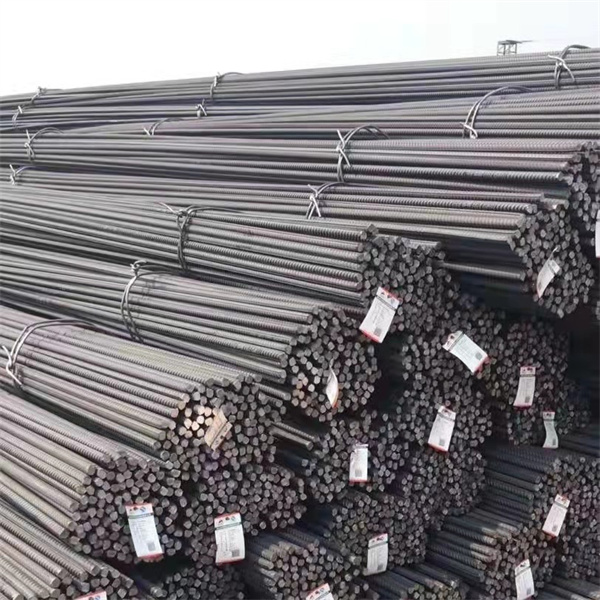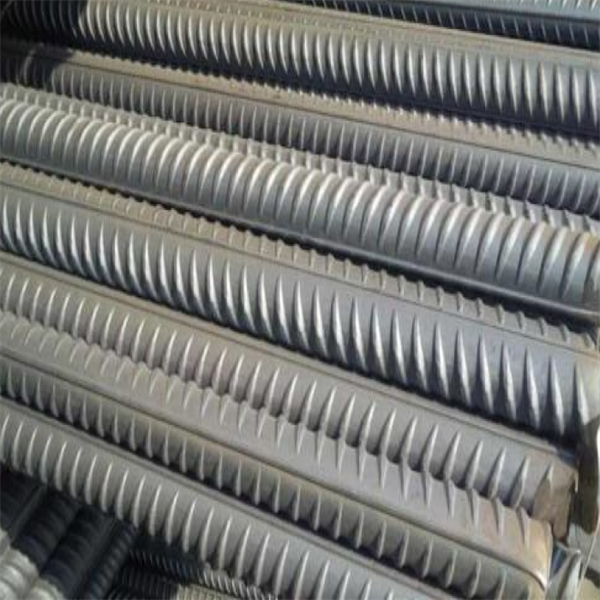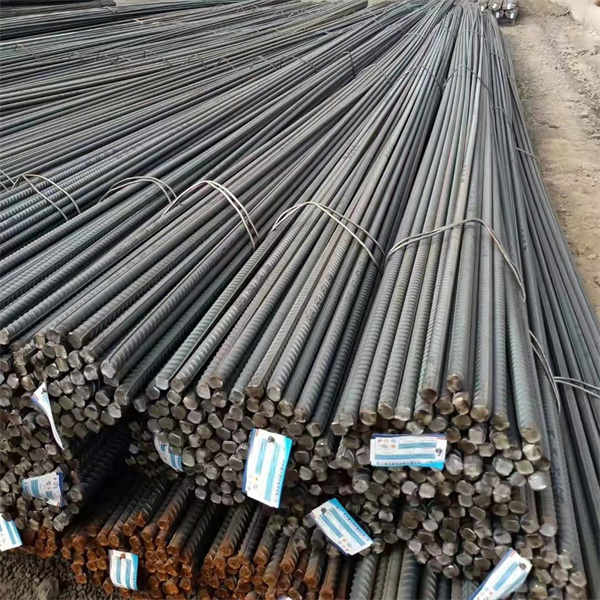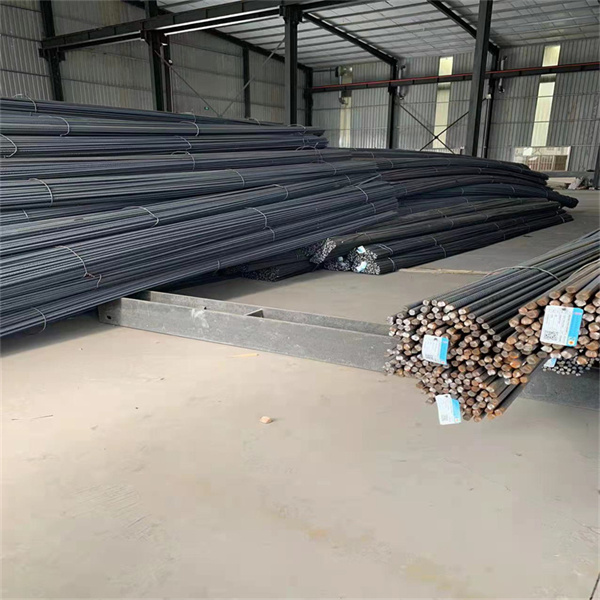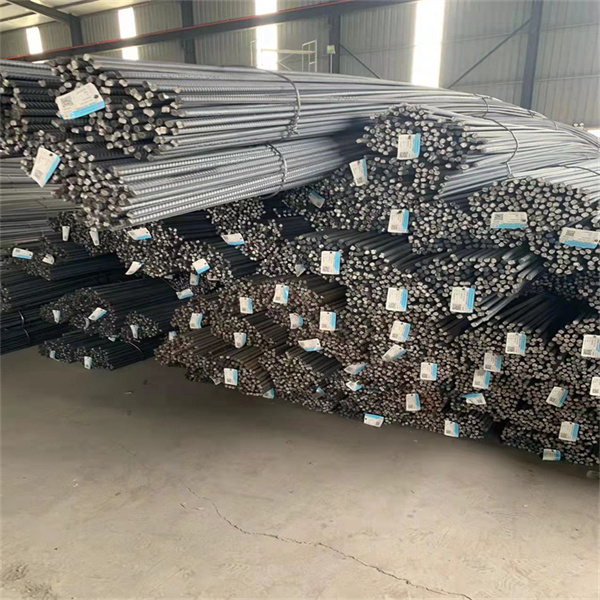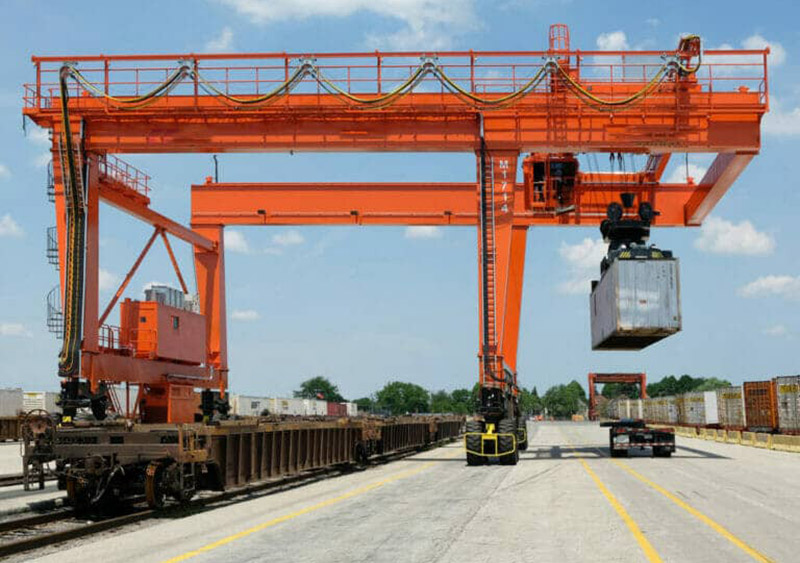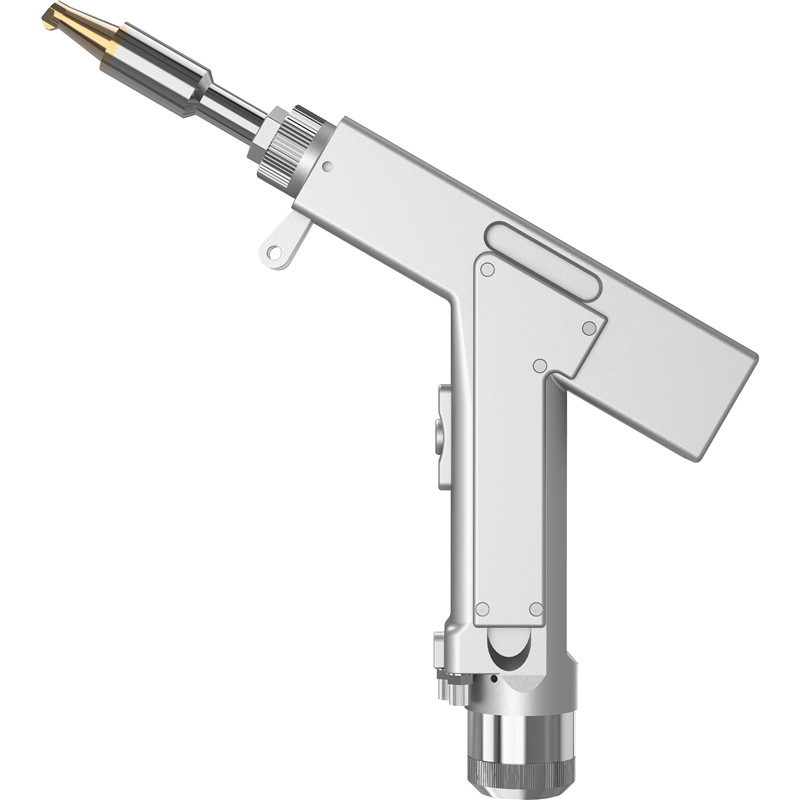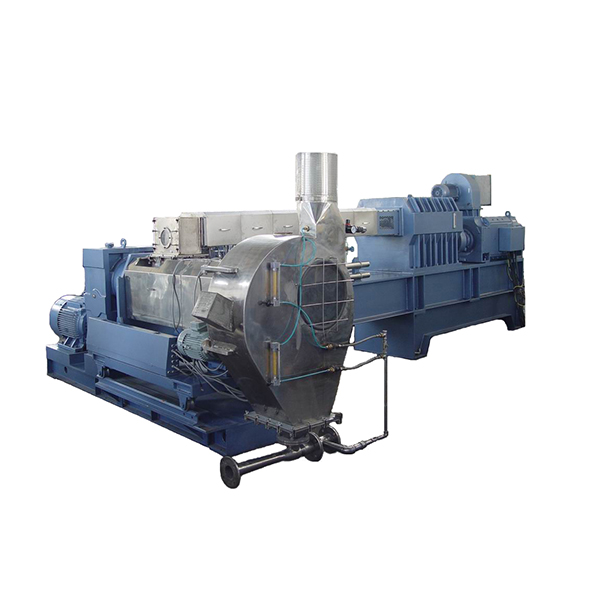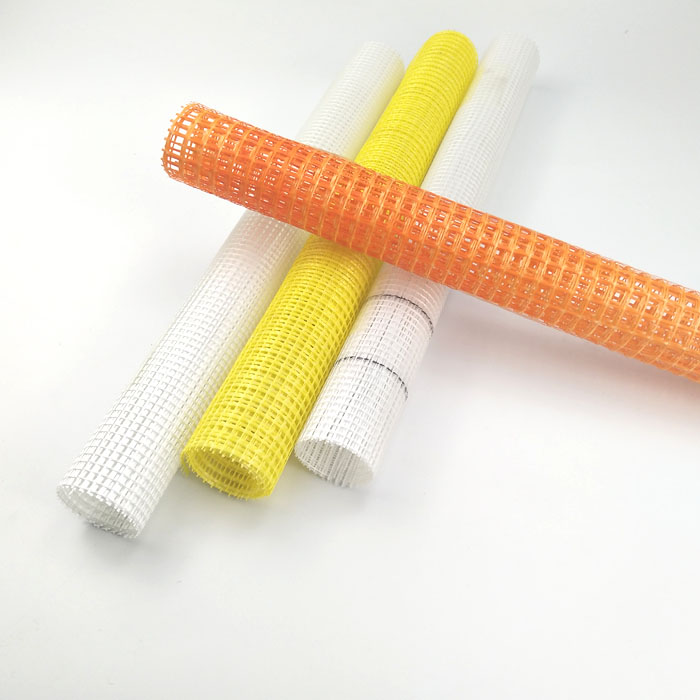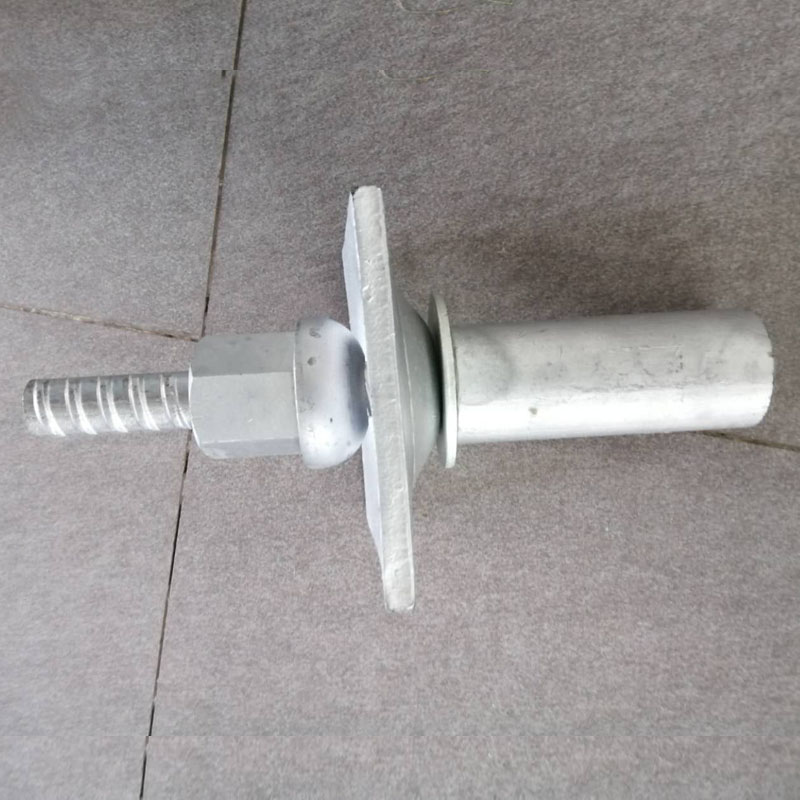The Flooring Expert
Rebar Hrb355 Hrb400 Hrb500 8mm 10mm 12mm 14mm 16mm Ribbed bar Deformed bar Bar
classification
The hot-rolled ribbed steel bar is divided into three grades: HRB335 (the old grade is 20MnSi), grade three HRB400 (the old grade is 20MnSiV, 20MnSiNb, 20Mnti), and grade four HRB500.
There are two commonly used classification methods for reinforcing bars: one is to classify according to geometric shape, and the other is to classify or classify according to the cross-sectional shape of transverse bars and the spacing of bars. Type II.This classification mainly reflects the clamping performance of the reinforcement.
The second is according to the performance classification (grade), such as the current implementation standard in my country, the rebar is (GB1499.2-2007) the wire is 1499.1-2008), and the rebar is divided into 3 according to the strength grade (yield point/tensile strength). Grade; in Japanese Industrial Standard (JI SG3112), steel bars are divided into 5 categories according to their comprehensive properties; in British Standard (BS4461), several grades of steel bar performance tests are also specified. In addition, steel bars can also be classified by use, such as ordinary steel bars for reinforced concrete and heat-treated steel bars for prestressed reinforced concrete.
aspect
1) Nominal diameter range and recommended diameter
The nominal diameter of steel bars ranges from 6 to 50mm, and the standard recommended nominal diameters of steel bars are 6, 8, 10, 12, 14, 16, 20, 25, 32, 40, and 50mm.
2) The allowable deviation of the surface shape and size of the ribbed steel bar
The design principles of ribbed steel bars should meet the following requirements:
The angle β between the transverse rib and the steel bar axis should not be less than 45 degrees. When the included angle is not greater than 70 degrees, the direction of the transverse bars on both sides of the steel bar should be opposite;
The nominal spacing l of the transverse bars should not be greater than 0.7 times the nominal diameter of the bars;
The angle α between the side of the transverse rib and the surface of the steel bar shall not be less than 45 degrees;
The sum of the gaps (including the width of longitudinal ribs) at the ends of transverse ribs on both adjacent sides of the steel bar shall not be greater than 20% of the nominal perimeter of the steel bar;
When the nominal diameter of the steel bar is not more than 12mm, the relative rib area should not be less than 0.055; when the nominal diameter is 14mm and 16mm, the relative rib area should not be less than 0.060; when the nominal diameter is greater than 16mm, the relative rib area should not be less than 0.065. See Appendix C for calculation of relative rib area.
Ribbed steel bars generally have longitudinal bars, and there are also those without longitudinal bars;
3) Length and allowable deviation
One. length
Steel bars are usually delivered in fixed lengths, and the specific delivery length should be indicated in the contract;
Steel bars can be delivered in rolls, each roll should be one steel bar, and 5% of the number of rolls per batch (less than two rolls is two rolls) consists of two steel bars. The disk weight and disk diameter are determined through negotiation between the supplier and the buyer.
b. Length tolerance
When the fixed length is delivered, the allowable deviation of the length of the steel bar is not more than ±25mm;
When the minimum length is required, the deviation is +50mm;
When the maximum length is required, the deviation is -50mm.
c. Curvature and ends
The end of the steel bar should be cut straight, and the local deformation will not affect the use
picture presentation
|
shibushiwojnushuohuawomenjiuyongyuandoushiyzngyangde,nigaosuwodadiwomenzhiqinayouanaxieweneti,womenzhijandeewtnidaodikebukeyijiejue.zaishiwoemgnagwomenzhijiqnadaodidzennmene.
werrtg
spring
west
asjgowdhaogrhg
